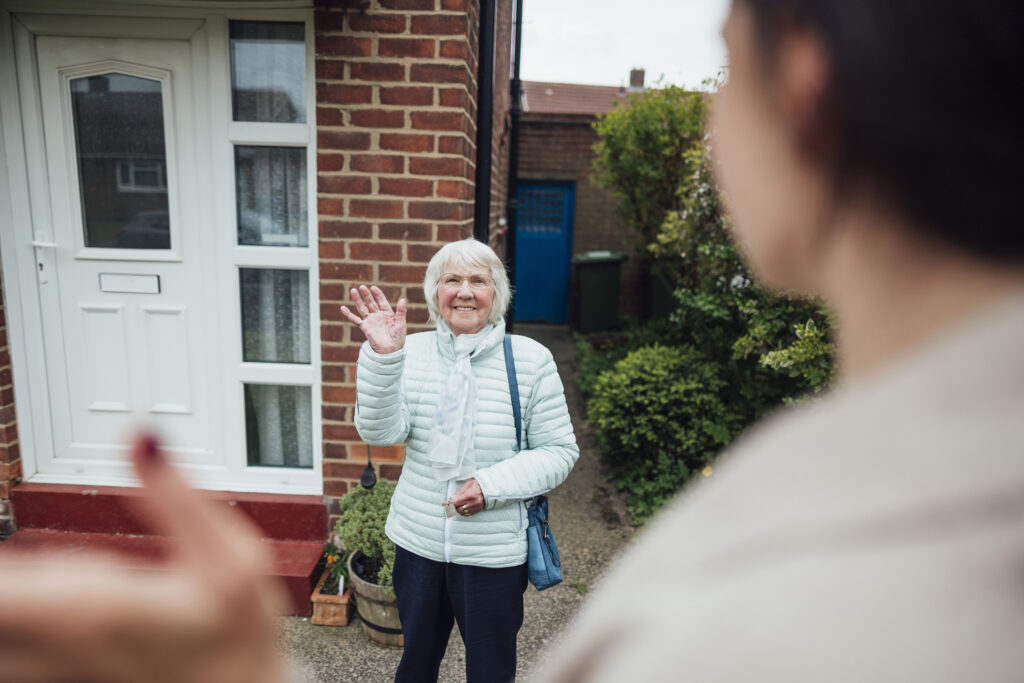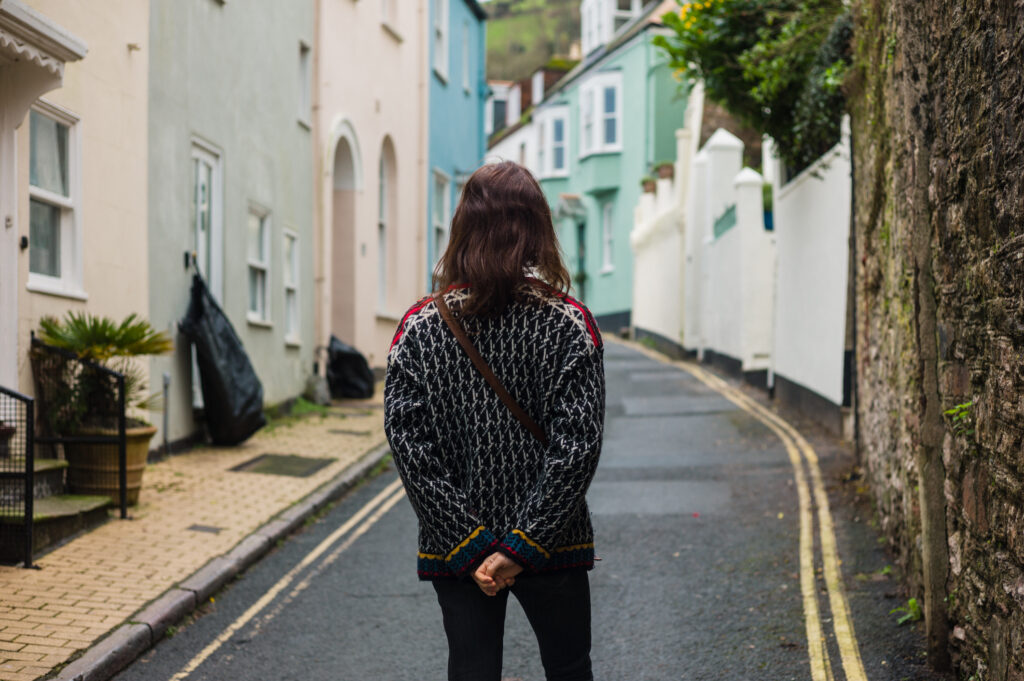
A CEO’s perspective: expanding services with loan finance
EVA Women’s Aid offers a range of support to women who have been affected by domestic or sexual abuse. The charity owns four safe houses, two of which were bought with the help of Charity Bank loans.
Richinda Taylor, Chief Executive of EVA Women’s Aid, explains why the loan process was a steep learning curve and how social investment has helped put the charity on the map.
Why did you decide to take out a loan?
Conversations with service users made us realise that there was a real need for a specialist safe house for women over 45, but we didn’t have enough reserves to cover the cost of buying a property. Thankfully, our Board isn’t overly risk averse, so the trustees were open to taking out a loan. Buying that property set off a chain of events towards making us more sustainable, and we were then able to repeat the loan process to buy another property, this time to create a safe house for women with mental health issues.
Would you say the loans have helped to strengthen your organisation?
Definitely. Renting is dead money. If we can afford the rent, we can afford the loan repayments. There’s no point lining someone else’s pockets when we can be helping to protect our own future instead. Owning our properties also helps us to demonstrate our commitment to the local community. It shows that we’re here to stay. We’re a quality organisation, offering a quality service, and we’ve established ourselves as key players in the area we operate in. We’re also seen as a safer bet by investors and funders. And, of course, it’s good to have assets. Our newest safe house has trebled in value because of the work we’ve done on it.
So the loans have helped you to get additional funding?
Yes, without a shadow of a doubt. Having property management experience helped us to get the grant funding that paid for our offices. EVA has been going for 30 odd years now, but we’ve changed a lot in the last six years. We’ve proved that we’re forward thinking and not afraid to do things differently. That innovative outlook is part of our appeal for funders.
What concerns did you have when you were first considering taking out a loan?
We didn’t know anyone else in the sector who’d done it, so there was no yard stick. That was a bit daunting, but it also gave us the opportunity to do something different and become a bit of a flagship. We just needed to be brave and prepared to take the risk.
What helped you to have the courage to take out the loan?
We had confidence in our Board and in our projections. We already had two safe houses, so could base our figures on those. We knew there was a demand for the new safe house and that we could cover the repayments even on minimum occupancy.
We also took some advice from our accountants. They prepared an independent report and took part in a Q&A with our Board, outlining the risks and how those risks could be mitigated.
The worst case scenario was that we’d end up selling the property and be back where we started.
Why did you choose Charity Bank for your first loan?
We rang up the highstreet bank that we bank with and they said no to a loan but asked whether we’d thought about contacting Charity Bank. We did some research and decided to give them a go.
What made you decide to choose Charity Bank again when you needed a second loan?
We had that history with them and wanted to keep working with someone who gets what we’re trying to do. With Charity Bank, it’s not just about handing over a cheque; right from our first meeting, it was clear they bought into our mission and social impact.
What are the main challenges of the loan process?
There’s an awful lot of paperwork involved! And a lot of legalese. We had to keep ringing up and asking for things to be explained, because we needed to make sure we knew what everything meant. We’ve built a good relationship with our Charity Bank relationship manager, Jeremy Ince, though and he gave us a lot of input.
It’s been a real learning curve, and it hasn’t been easy. You definitely need to have broad shoulders and stamina. But it’s worth it. We knew we could deliver what we needed to, so it was just a case of getting our heads down and getting on with it.
What advice do you have for other charities who are thinking of taking out a loan?
Speak to people who’ve done it before. I’m happy to talk to other people who are going through the process, as I know how daunting it can feel. Before our first loan, I knew nothing about the process of getting a loan or anything about blended funding. Other than talking to people, it’s really just about getting all your ducks in a row and having a go!
What would you say to charities who say loan finance is too risky?
The grant environment at the moment is not easy and local authority funding is harder to access. So you need to consider doing things differently. If the figures are right and you can service the loan, what’s stopping you?
What are you most proud of when you reflect on how far EVA has come?
The 45+ project was my first major project after I became CEO. It won awards and put us on the map. When I arrived we were working with 250 service users a year. Last year, we worked with over 1,000. We’re reaching out, locating and responding to a huge number of women, and providing a service that’s desperately needed.
Richinda is planning to expand EVA’s core work and buy a fifth property next year to use as a specialist safe house for domestic abuse survivors.
Read more about the impact of EVA Women’s Aid in our case study.
About Charity Bank
Charity Bank is the loans and savings bank owned by and committed to supporting the social sector. Since 2002, we have used our savers’ money to make more than 1280 loans totalling over £500m to housing, education, social care, community and other social purpose organisations.
Nothing in this article constitutes an invitation to engage in investment activity nor is it advice or a recommendation and professional advice should be taken before any course of action is pursued.


